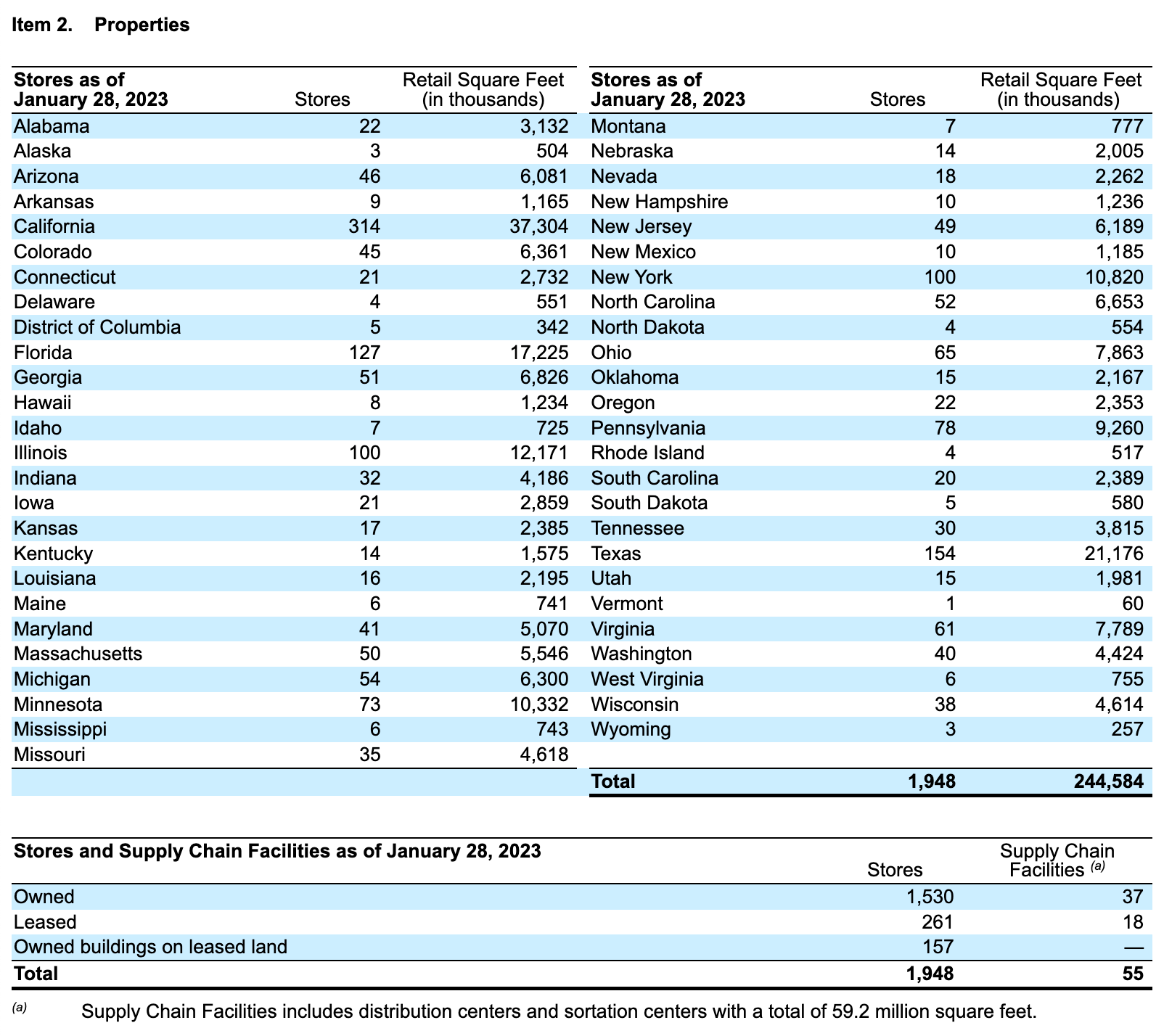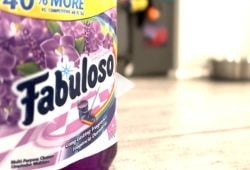Target Corporation, a mainstay of American retail, has survived and thrived in the ever-evolving landscape of consumer shopping. Known for its distinctive red bullseye logo, Target has become synonymous with affordability, convenience, and a diverse product range that caters to various consumer needs. What makes Target Corporation a juggernaut in the retail industry and its current market position based on recent consumer insights?
Founded in 1902 by George Dayton and originally named Dayton Dry Goods Company, Target Corporation has grown into the eighth-largest retailer in the United States. With its headquarters in Minneapolis, Minnesota, Target has carved out a significant niche in the retail sector. The company prides itself on offering customers a one-stop shopping experience, combining the best of fashion, home decor, groceries, and electronics under one roof.
Recent insights from a Statista Consumer Insights Global survey indicate that Target is the second most frequented grocery store among American shoppers, boasting a significant market share. The report underscores Target’s ability to attract a diverse customer base, from cost-conscious shoppers to those looking for premium products. Despite a competitive market dominated by giants like Walmart and Costco, Target maintains its stronghold through strategic location planning, an expansive online presence, and a relentless focus on customer experience.
Target’s success is underpinned by its adaptability and innovation. From pioneering the concept of designer partnerships to its efficient supply chain management, Target stays ahead by continually reinventing itself to align with consumer trends and preferences.
Target Corporation, one of the largest retailers in the United States, has a significant physical presence nationwide. The brand’s red bullseye logo is a familiar sight in many states, signaling where consumers can find various goods ranging from clothing to groceries. The recent data from Target’s report provides insight into the number of stores in the U.S. as of 2023, highlighting the company’s expansive retail footprint.
Target’s Presence Across the States
California is the state with the most Target stores, boasting 314 locations. This is a testament to the state’s vast consumer base and the brand’s aggressive expansion strategy to tap into the lucrative West Coast market. Texas and Florida follow with 154 and 127 stores, respectively, underscoring Target’s focus on populous states with strong economic growth.
The presence of 100 stores each in Illinois and New York further illustrates Target’s strategic placement in states with significant urban centers. Target’s ability to cater to a diverse range of consumers, from urban dwellers to suburban families, has been critical to its growth and sustained success.
Target’s CorporationStrategic Store Placement
The distribution of Target stores is not a matter of chance; it’s the result of meticulous market research and strategic planning. Target has honed its ability to identify locations that not only have the right demographic mix but also where the brand can leverage its supply chain efficiencies to provide the best service to its customers.
The emphasis on states with larger populations and economic hubs indicates Target’s commitment to being accessible to as many customers as possible. Moreover, the presence in these critical states allows Target to maintain a robust distribution network, ensuring that its stores are well-stocked and able to meet consumer demand promptly.

The Success Story of Target – Strategies and Consumer Insights
In a retail environment characterized by intense competition and ever-shifting consumer preferences, Target Corporation stands out for its ability to meet and exceed shopper expectations. The brand has become a household name by establishing itself as a purveyor of trendy yet affordable merchandise.
Insights on Target’s Consumer Base
Research on the company shines a light on the demographics of Target’s customer base, revealing a strong preference among younger generations. Generation Z, in particular, has shown a pronounced affinity for Target’s offerings. This younger demographic values the brand’s mix of style, quality, and value—a trifecta that Target has mastered.
Target’s success with younger shoppers can be attributed to its savvy marketing campaigns and collaborations with up-and-coming designers, which resonate well with a demographic that seeks uniqueness and affordability. The data suggests that Target’s ability to stay culturally relevant and fashion-forward has garnered brand loyalty among this crucial age group.
Key Success Factors
Several key factors stand out in the report that have cemented Target’s position in the retail sector:
- Product Diversity and Quality: Target offers a wide range of products that cater to various customer needs, from groceries to electronics, all under one roof. The quality of Target’s private label brands, which offer premium products at competitive prices, also contributes to its popularity.
- Customer Experience: The shopping experience at Target is designed to be intuitive and enjoyable, with clean, well-organized stores and a strong customer service ethos. This focus on customer satisfaction has earned Target a reputation for convenience and reliability.
- Marketing and Brand Collaborations: Target’s marketing strategies are innovative and inclusive, often featuring diverse models and stories that resonate with a broad audience. Additionally, Target’s collaborations with designers and celebrities bring exclusive products to its shelves, creating a buzz and driving foot traffic.
- Digital Presence and Omnichannel Retailing: With a robust e-commerce platform and an app that offers discounts and easy shopping, Target has successfully bridged the gap between online and in-store shopping. This seamless integration provides a convenient shopping experience, whether customers are in-store, online, or on their mobile devices.
Target’s success is no accident; it is the result of a deep understanding of its consumer base and a commitment to delivering value through strategic product assortment, an engaging shopping experience, and a strong brand presence both online and offline. The insights from the Statista Consumer Insights Global survey affirm that Target’s strategies are resonating with consumers, ensuring its continued success in the competitive landscape of retail.
The Evolution of Target Corporation Over the Years
Target Corporation’s journey from a humble department store to a dominant player in the global retail market is a story of innovation, resilience, and customer-centricity. This article traces the milestones of Target’s growth. It examines how the company has evolved to meet the changing needs of its customers, as highlighted in the recent Statista Consumer Insights Global survey.
Target’s origins date back to the early 20th century, but it was the launch of the first Target store in 1962 that marked the beginning of a new era in retail. The store was the company’s first foray into discount retailing, setting the stage for the brand’s nationwide expansion. Over the decades, Target has not just expanded its physical footprint but also its product lines, constantly adapting to the socio-economic climate and consumer trends.
Adapting to Consumer Needs
Target’s ability to adapt to consumer needs is evident in its response to the digital revolution. The brand has heavily invested in its online platforms, ensuring that the digital shopping experience is as intuitive and satisfying as the in-store one. This shift to omnichannel retailing has been crucial in maintaining Target’s market share, especially as e-commerce has become increasingly prevalent.
Furthermore, the Statista survey underscores Target’s responsiveness to consumer attitudes and preferences. Whether it’s the incorporation of sustainable practices in response to environmental concerns or the focus on diversity and inclusion in its marketing and product range, Target has shown an awareness of its role in the broader societal context.
How Target Corporation Wins Over Generation Z: A Look at Strategic Engagement
Generation Z — those born between the late 1990s and early 2010s — are not just digital natives but also socially conscious, diverse, and pragmatic consumers. They hold significant spending power and influence, making them a crucial demographic for retailers. Target Corporation, in particular, has made impressive inroads with this generation. The Statista Consumer Insights Global survey sheds light on how Target has successfully captured the attention of Gen Z shoppers.
Target’s Appeal to Generation Z
The survey indicates Target stands out among Gen Z consumers for several reasons. Here’s how Target aligns with Gen Z values:
- Brand Ethos and Values: Generation Z shoppers are value-driven, seeking brands that stand for something beyond profits. Target’s commitment to corporate social responsibility, sustainability, and community involvement resonates with Gen Z’s desire to make ethical purchasing decisions.
- Trend-Forward Products: Known for its fast-fashion collaborations and tech-forward product offerings, Target stays ahead of the curve by offering the latest trends at affordable prices, aligning with Gen Z’s desire for fresh, stylish, and budget-friendly options.
- Inclusive Marketing: Target’s advertising campaigns prominently feature diversity in race, gender, and body type, aligning with Generation Z’s expectations for inclusivity and representation.
Strategic Initiatives That Resonate With Gen Z
Target’s strategies that particularly resonate with Gen Z include:
- Exclusive Brand Collaborations: Limited-time partnerships with designers and celebrities offer exclusivity and novelty that appeal to Gen Z’s desire for unique experiences and products.
- Focus on Convenience and Technology: Offering services like curbside pickup, mobile apps with augmented reality, and an efficient online shopping experience aligns with Gen Z’s tech-savvy and convenience-oriented shopping habits.
- Community and Social Impact: Programs that give back to communities and initiatives that address social issues align with Gen Z’s preference for brands that contribute positively to society.
Target Corporation’s success with Generation Z is not coincidental but resulted from strategic planning and understanding of this generation’s unique consumer behavior. As the Statista Consumer Insights Global survey highlights, Target’s mix of trend-setting products, digital savviness, and a solid ethical compass has positioned it as a favorite among Gen Z shoppers. Looking forward, Target’s ability to evolve with Gen Z’s changing preferences will be critical to its continued relevance and success in the competitive retail landscape.











